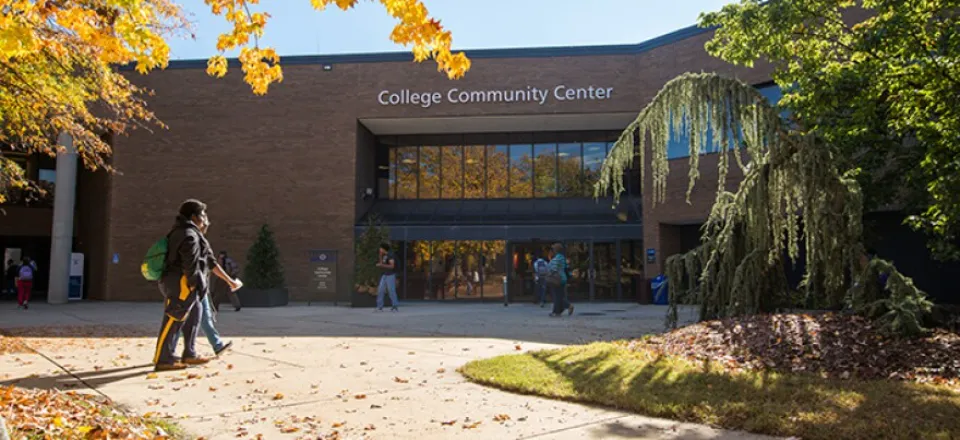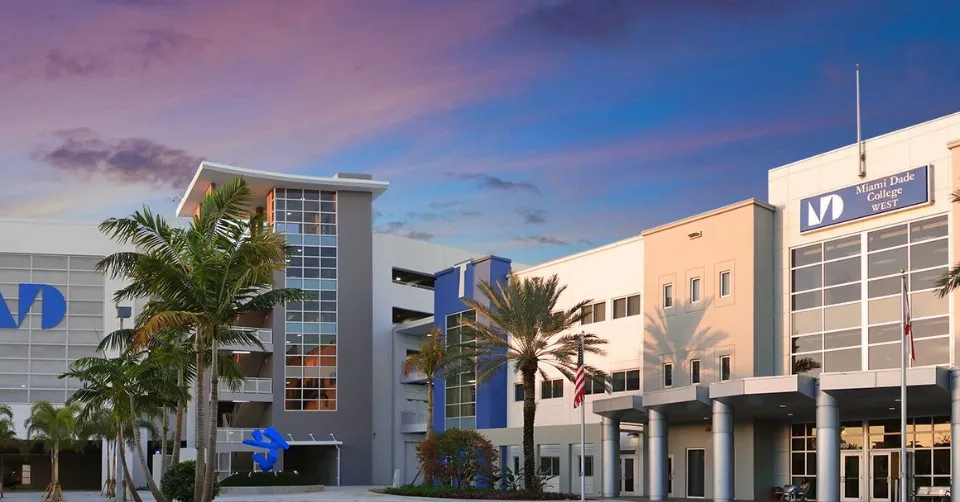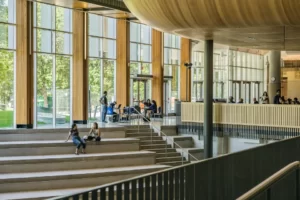
What is the Future of Community Colleges?
What is the future of community colleges today? Read this blog to know more about the challenges that community colleges are facing.
When people discuss higher education, they frequently focus on four-year colleges and traditional college students between the ages of 18 and 22. But that focus ignores a large part of the story: the expansive and crucial role played by community colleges, especially in educating nontraditional students.
Here, we outline the main issues that community colleges in America are currently facing.
The Top Challenges Facing Community Colleges
Here are the top challenges that community colleges are facing.
Employment and Earnings
How can community colleges proactively address employment outcomes for the benefit of students, parents, and stakeholders who want to know the value of the school’s education? Let’s start with this topic because it is very important to all of us. Read Can You Take Classes at a Community College While Enrolled in University?
Everyone is concerned about whether the money (and time) spent on education translates to better outcomes, especially with student debt at an all-time high. The idea of alumni monitoring and articulating the results of particular institutions and programs on the job market has, of course, recently become a resounding theme in the community college sector.

We applaud the work of groups like the Aspen Institute and Achieving the Dream for the work they have done to raise this issue up the flagpole. Our objective is to support such initiatives by using our data to assist colleges in connecting the knowledge and skills they offer to better career trajectories for students.
College Completion, Student Success, and Degrees of Relevance
This fits in with the earlier point. Success and completion go hand in hand with results in the job market. According to AACC, only 20 percent of degree-seeking students complete their goals. The good news is that a lot of colleges are using data to increase completion rates and foster student success, which is not great. The points made in the previous section also apply here:
- Step 1: Colleges must create programs with commercial value.
- Step 2: Colleges must communicate.
- Step 3: Colleges must keep track of results.
Political Landscape
Support for the community college system fluctuates along with changes in the White House and in Congress. Colleges must stay on their toes and tell their story to each new administration that passes through Washington D.C. Politicians want to know if the community college system is really worth it in this post-recession, cost-conscious era because they want to demonstrate that they support policies that make sense for taxpayers.
Discussing the economic impact of the community college system on alumni and the local economy is a good way to address this, which brings us back to our introduction and our work with economic impact studies.
Today, we conduct some 100-150 studies annually to help colleges and universities articulate their ROI. Every year, we witness colleges communicating this message to the local, state, and even federal governments to explain the system’s impact on the economy.
Figure out:
Financial Constraints & Business Models

According to Dr. Brown, “[Community] colleges have seen a 20-year decline in state support,” which makes it harder for them to operate. Compared to when they first opened, community colleges look very different today. The critical point here is that in an effort to create institutional sustainability, “the focus is shifting to public/private partnerships and supplanting traditional income streams.”
Pretty much every college we work with is deep into new funding strategies. We’ve recently been able to make a difference in this area by assisting colleges in locating employers who hire a lot of their students. In some instances, the college had no idea what its alumni had accomplished.
With Emsi’s new data, colleges realize there are a lot more businesses they should be talking to about hiring their students. In order for the college to continue producing new talent in the extremely competitive job market, more discussions are being had about how the business community (and particular employers) can assist it.
Declining Enrollment
There is no denying that community colleges face a challenging enrollment environment. The postsecondary system sees a decline in enrollment when the economy grows, as is common knowledge. But Can You Get Rejected from a Community College?
According to Dr. Brown, “From 6.3 million students in 2013 to 5.7 million in 2016, public community college enrollment fell 9.6% over the previous three years.” The number of people in high school and college is also declining nationally. Additionally, an increasing number of online and four-year institutions are competing for the same students that community colleges typically enroll.
Leadership
Particularly crucial is Dr. Brown’s final point. Data is just a good ingredient to help change institutional, student, political, and business behavior. The foundational need, however, is for good leaders. Every good best practice, conference presentation, and case study that we have ever seen has focused more on the fearless leader who entered the situation and brought about something cool. The data is a tool, but it doesn’t carry out the work. People do.

How Have Budget Cuts Affected Community Colleges?
The World Health Organization (WHO) didn’t declare COVID-19 a global health crisis until March 11, 2020, despite the fact that the novel coronavirus had already spread to many nations by that point. Within weeks, thousands of businesses closed their doors and millions of college students were sent home.
Unfair student access to resources presented a further obstacle for schools across the nation as they rushed to move their curricula online. Numerous students’ college experiences were significantly changed, and not everyone accepted the changes well. Several colleges were sued by students in search of tuition refunds and many colleges were forced to provide housing refunds, often to the tune of over $1,500 per student.
The majority of colleges and universities have now officially finished the 2019–20 academic year, leaving them to wonder what the coming year will bring. Many schools find themselves facing budget shortfalls that will undoubtedly impact both staff and students. In addition to forced refunds and lost commissions and fees, some colleges spent as much as $13,000 on COVID-19-related supplies like cleaning supplies, personal safety gear, and modern technology.
How Community Colleges Can Help Rebuild America?
Amidst the challenges caused by budget cuts across the board, some experts suggest that community colleges might actually play a key role in helping the nation recover from COVID-19. Debra Bragg, a blogger for New America, hypothesizes that community colleges may have been in a special position to assist some of the populations most severely impacted by COVID-19 start to recover during the ongoing recession thanks to President Obama’s Trade Adjustment Act Community College Career Training (TAACCCT) grant program.

The Trade Adjustment Act Community College Career Training (TAACCCT) grant program was designed to help workers and other adults attend publicly funded community colleges learn skills that lead to employment. Programs in manufacturing, healthcare, energy, information technology, and other fields are among the available academic specialties.
Programs were developed in alignment with local and regional business needs. Over 250 grants totaling $1.9 billion were given out over a four-year period, affecting roughly 60% of the country’s publicly funded community colleges.
The COVID-19 pandemic has put a strain on the industries that were hardest hit by the Great Recession and received funding from the TAACCCT. A meta-analysis of program data conducted by CESNA reveals that TAACCCT participants were twice as likely to finish programs and earn credentials, and nearly 30% more likely to obtain a job or increase in wages.
Community colleges are prepared to provide nursing, respiratory therapy, radiology, paramedic, and other frontline worker training as the country continues to respond to the COVID-19 crisis. They may also be able to apply programs and policies from TAACCCT to train employees in other sectors.
Conclusion: the Future of Community Colleges
Community colleges have always played a significant role in the neighborhood. When the first community colleges started operating in the 1960s, that function was just as significant today. Education is a powerful tool and community college education may help provide the unemployed with the tools and training they need to get back to work.


